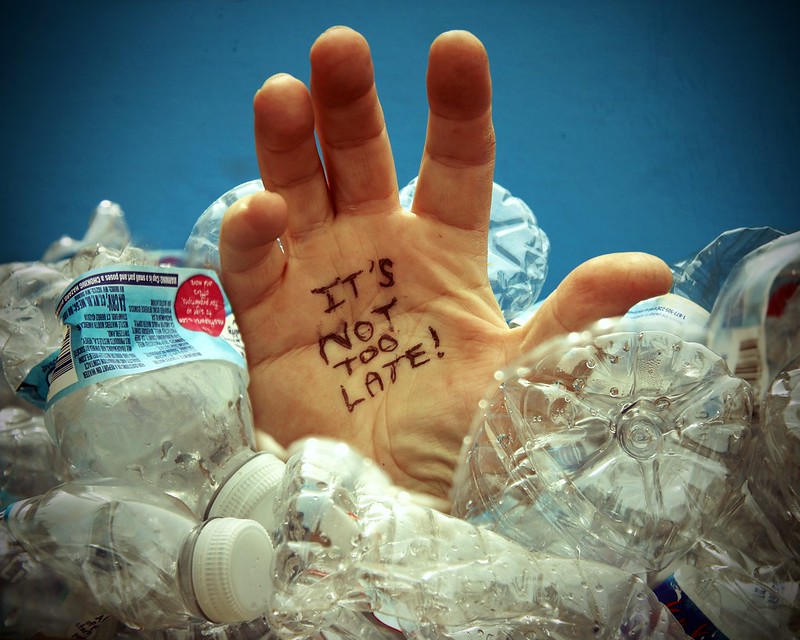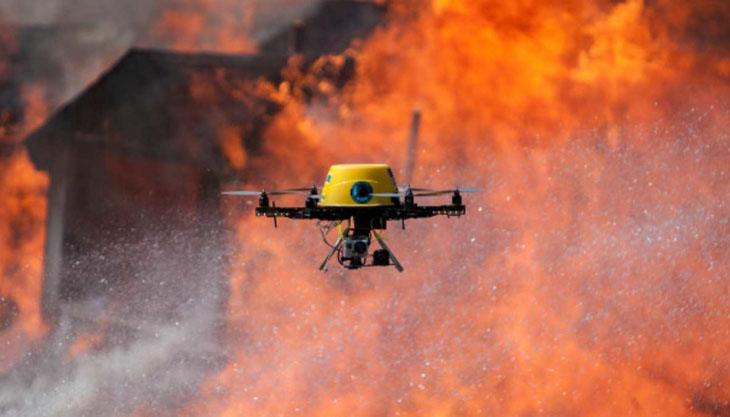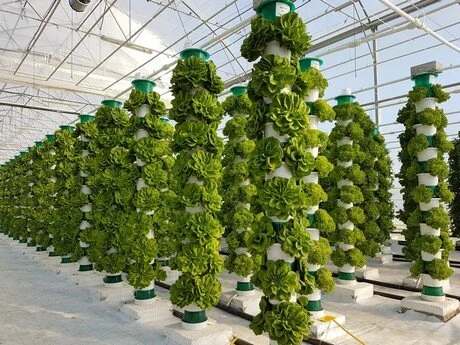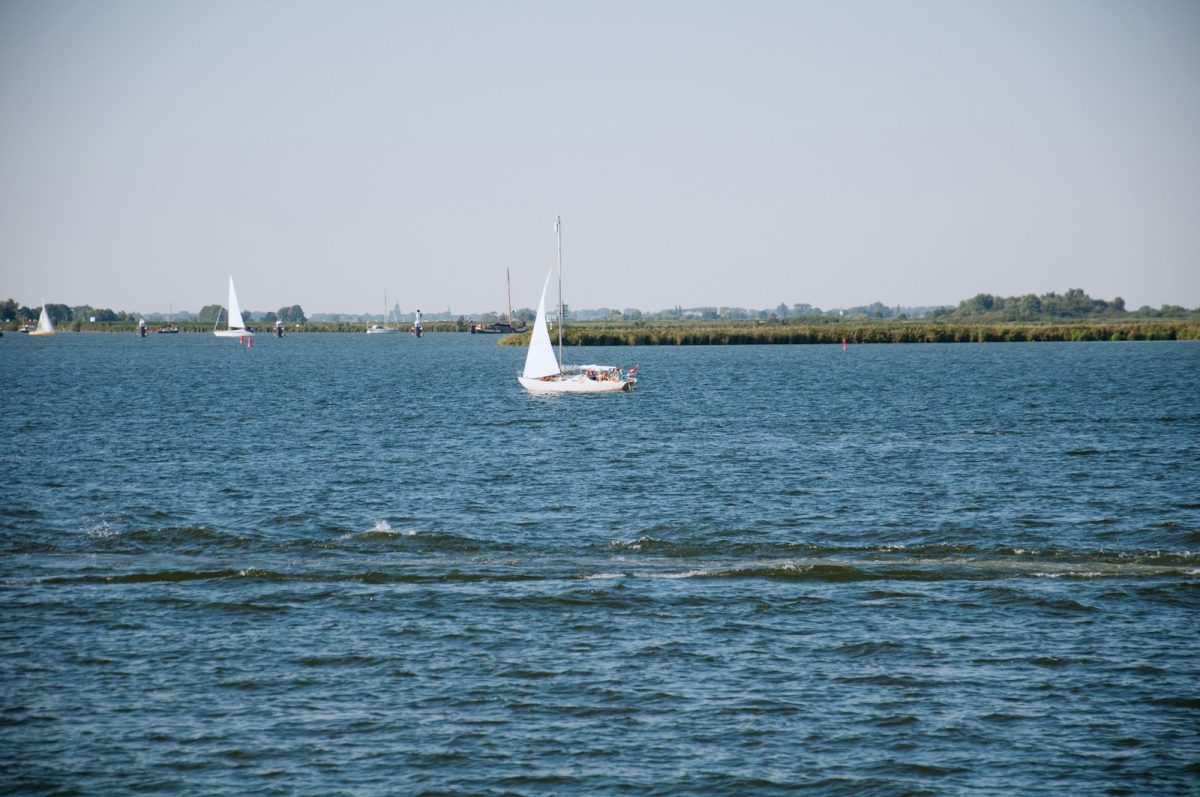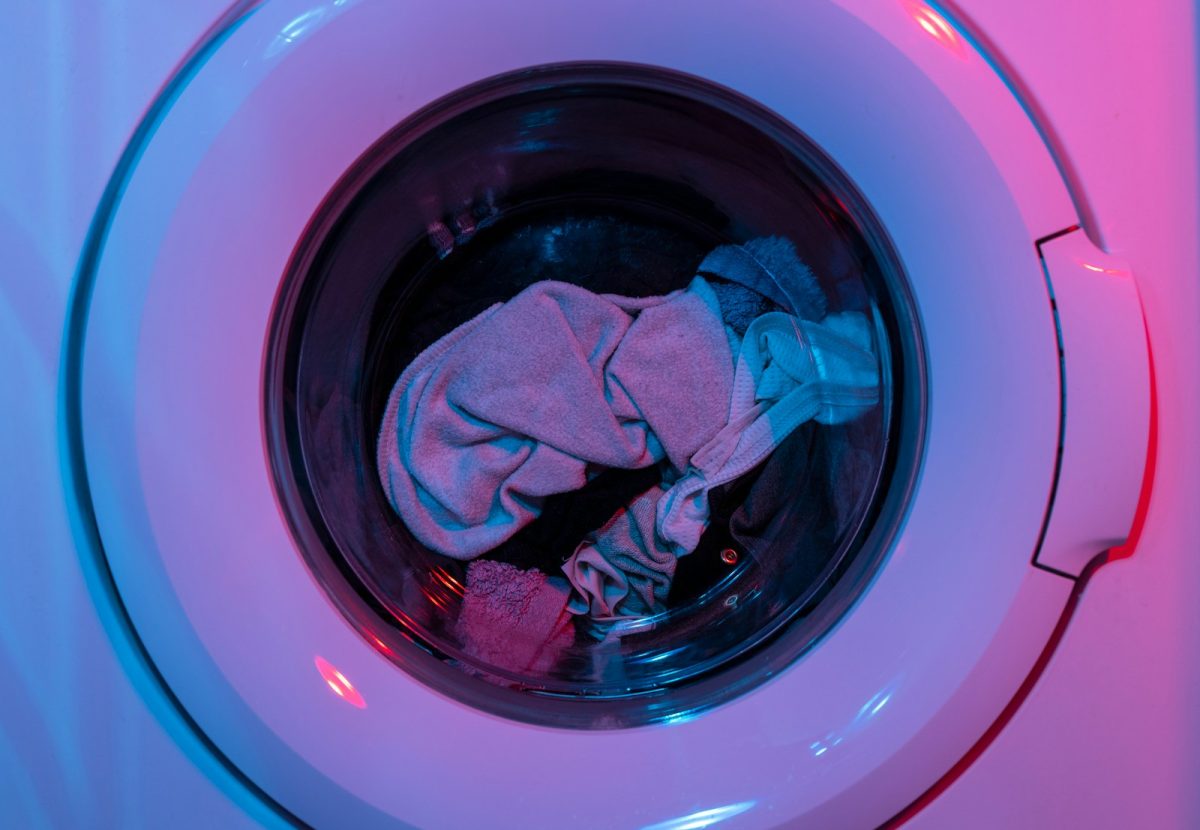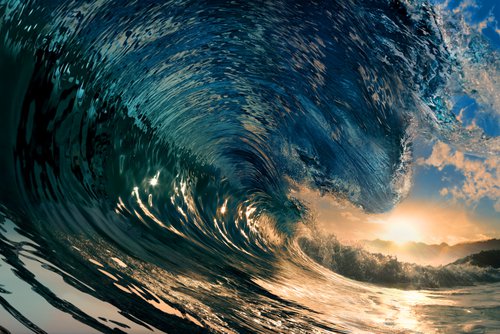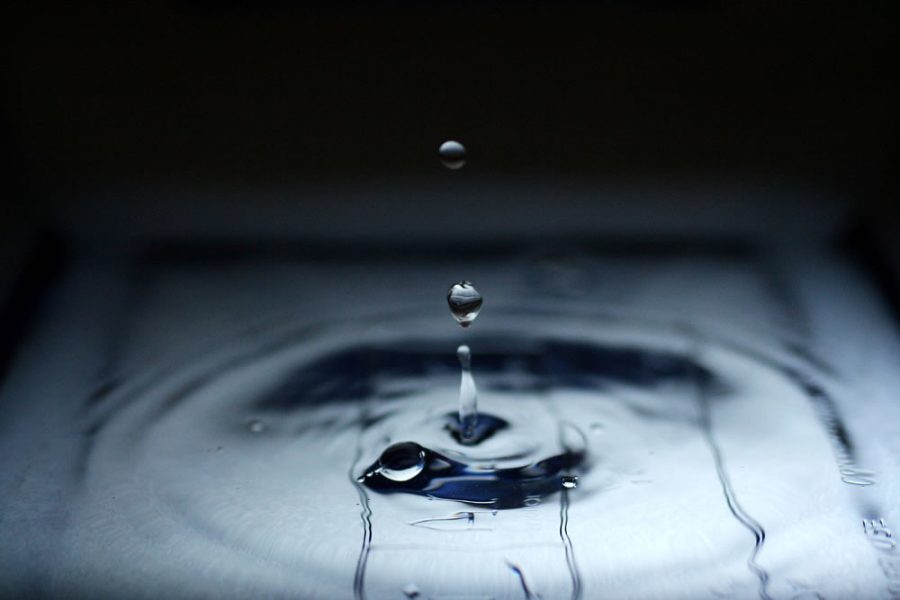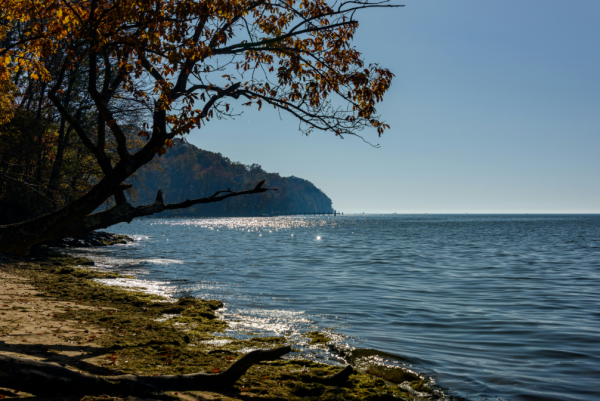
The Chesapeake Bay is the largest estuary in the United States, and its condition has changed greatly due to human activity. In the past, towns and farms developed along its shores. Rain washed soil, fertilizers, and animal waste into the rivers that flow into the Bay. Factories and outdated sewage systems also discharged pollutants into the water. These problems made the water cloudy and reduced oxygen levels, harming fish, crabs, and underwater plants. Over time, the Bay’s ecosystem declined significantly because of these human impacts.
Today, many organizations are working to restore the Chesapeake Bay. Scientists, government agencies, and local communities are building oyster reefs, planting underwater grasses, and improving farming practices to reduce fertilizer runoff. Oysters play a vital role because they filter the water and help keep it clear. In recent years, oyster numbers and restored reef areas have grown thanks to restoration programs and oyster farms. In addition, both government and private companies are investing in large-scale efforts to reduce pollution, including cleaning water flowing from dams and major rivers.
Despite this progress, experts note that the Bay still faces serious challenges. The 2025 pollution-reduction goals have helped cut nutrient and sediment levels, but not all targets have been met. For example, nitrogen pollution remains higher than desired, while phosphorus and sediment levels show greater improvement. This means restoration work must continue.
Looking ahead, even better results can be achieved by combining proven methods with innovative solutions. Farmers can keep using cover crops, buffer strips, and better manure management to prevent nutrient loss. Cities can create more green spaces and improve stormwater systems to capture polluted runoff. People can support oyster and grass restoration projects because these habitats not only clean the water but also provide homes for aquatic life. Large-scale projects and agreements with energy companies can also help reduce pollution from major sources. It is important for policymakers to continue monitoring progress and ensuring stable funding for Bay protection.
In conclusion, people once caused great harm to the Chesapeake Bay, but now they are also driving its recovery. Efforts such as building oyster reefs, improving farm practices, and investing in water cleanup have already produced real improvements. However, continued cooperation among governments, farmers, scientists, and local communities is essential to ensure a healthy Bay for the future.
Works Cited
Associated Press. (2025). Constellation Energy to invest $340M to boost water quality at Maryland’s Conowingo Dam. https://apnews.com/article/environment-chesapeake-bay-dam-renewable-energy-3d09e9247c363e424c731b857799c237
Hedgpeth, D. (2025, April 24). Chesapeake Bay’s oysters make a steady comeback. https://www.washingtonpost.com/dc-md-va/2025/04/24/chesapeake-bay-oyster-population/
NOAA Fisheries. (2025). Oyster reef restoration in the Chesapeake Bay: We’re making significant progress.
Chesapeake Bay Magazine. (2025, June 3). 2025 pollution deadline: Bay states make progress, but fall short of some goals. https://www.chesapeakebaymagazine.com/2025-pollution-deadline-bay-states-make-progress-but-fall-short-of-some-goals/

